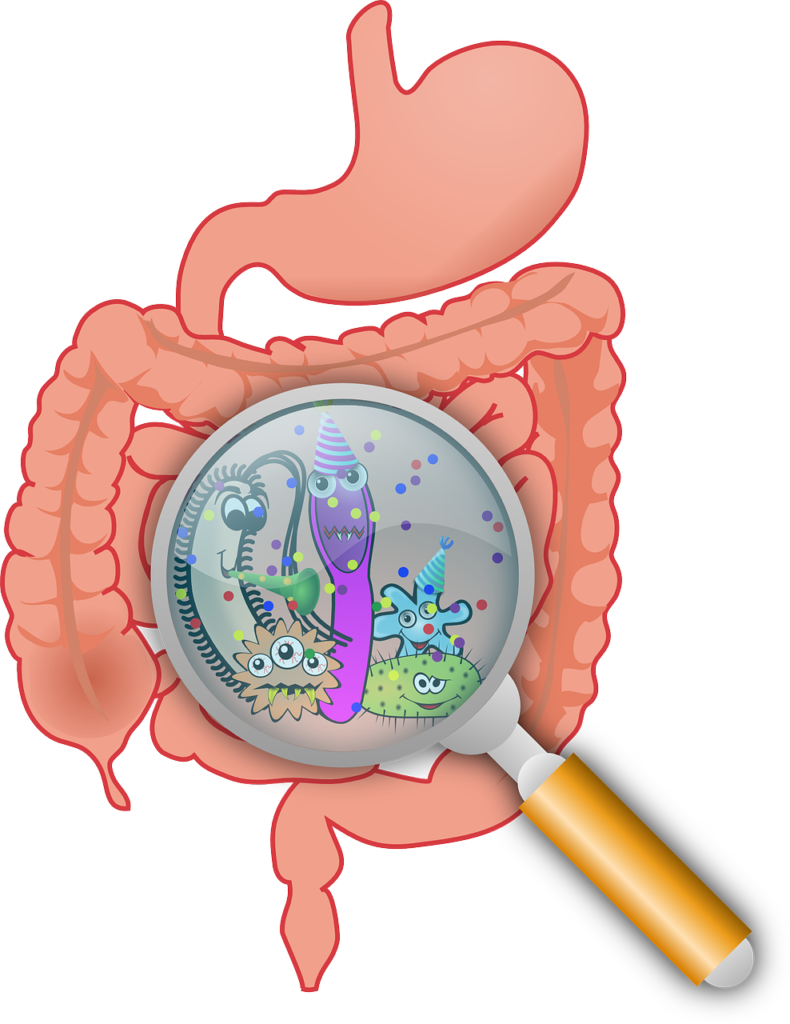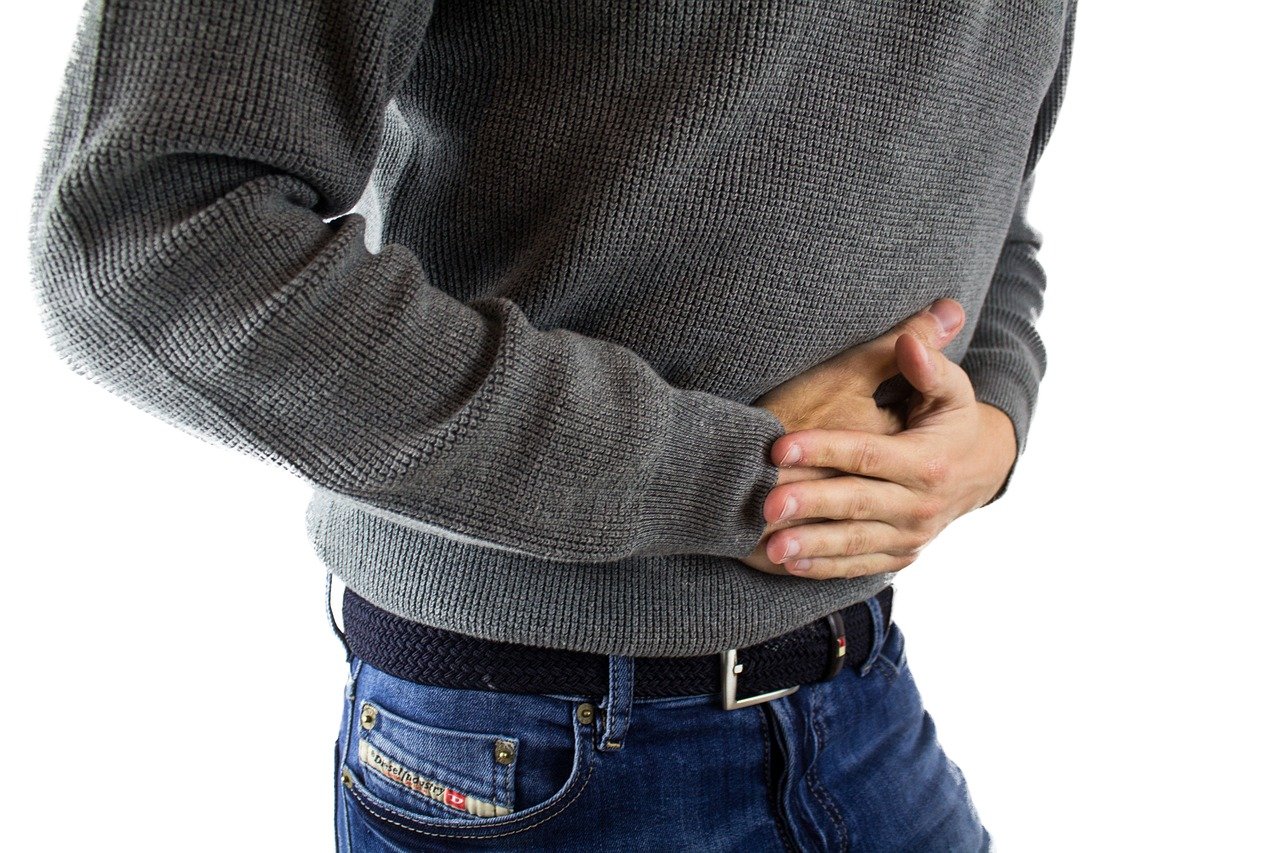Diarrhea is defined as a condition in which the fecal output > 200 gm/day on low fiber diet and is also known as loose stools.
- It is said to be acute if its occurs for <2 weeks duration , persistent if its 3-4 weeks and chronic if its >4 weeks which are mediated by few mechanisms.

A) Osmotic diarrhea:
- It is a condition that occurs when non-absorbed solutes increase the intraluminal oncotic pressure (Pressure exerted on the luminal walls), causing outpouring of water.
- Causes :
- Osmotic laxatives
- Lactase and disaccharide deficiencies
- Nonabsorbable carbohydrates
- Gluten
- Causes :
B) Secretory diarrhea:
- It is a condition that occurs due to active ion or electrolyte secretion into the intestine that leads to obligatory water loss.
- The diarrhea is usually watery.
- Causes:
- Exogenous stimulant laxatives
- Endogenous laxatives
- Bowel resection
- Partial bowel obstruction
- Bile acid diarrhea
- Addison’s disease
- Hormone producing tumors
- Congenital electrolyte absorption defect
- Chronic ethanol ingestion
C) Exudative diarrhea:
- It is a condition that occurs subsequently due to inflammation , necrosis and sloughing associated with acute or chronic damage to the intestinal mucosa.
Causes:
- Idiopathic inflammatory bowel disease
- Gastrointestinal malignancies
- Radiation injury
- Colitis
- Infections
- Immune related mucosal disease
D) Altered intestinal motility:
- It is a condition that occurs due to alteration in coordinated control of intestinal propulsion.
- Additionally, diarrhea is often intermittent or alternating with constipation also.
Causes:
- Irritable bowel syndrome
- Hyperthyroidism
- Visceral neuromyopathies
- Drugs
- Postvagotomy (operative section of vagus nerve that leads to diarrhea )
E) Decreased absorptive surface:
- It is a condition that occurs due to decreased or inadequate absorptive surface for fat and carbohydrate digestion and fluid and electrolyte imbalance due to surgical manipulation.
- Main cause is due to enteroenteric fistula.
F) Evaluation history:
- Detail history
- Moreover, diarrhea should be distinguished from other forms of rectal bleeding, fecal incontinence and change in stool caliber.
- A sudden, course associated with fever, vomiting and nausea is a clear indication of a viral or bacterial infection, diverticulitis, radiation and enterocolitis.
- If the diarrhea persists subsequently for a longer duration of >4 weeks, it suggests malabsorption, inflammatory bowel disease, laxative abuse, endocrine disturbance, ischemia and neoplasm.
- Foul smelling or oily stool suggests fat malabsorption.
G) Physical examination:
- In addition, to check for general features that may lead to malabsorption or inflammatory bowel disease like anemia, dermatitis, edema.
- Presence of an abnormal mass or tenderness.
- Abnormalities of rectal defects or rectal mucosa.
- Underlying collagen vascular disease in pupils also, nose or hand.
- Any mucocutaneous infestations of celiac disease, ulcerative colitis
H) Stool examination:
- Patients with severe or bloody diarrhea need to be evaluated with the following:
A) Culture for bacterial pathogens
B) Examination of leukocytes
C) Examination for ova and parasites
D) Presence of blood ( fecal occult blood ) indicates inflammation i.e. ulcerative colitis, Crohn’s disease, infection or ischemia.
E) In addition, gram staining of stool should be done to indicate any staphylococcus, campylobacter or candida infection.
F) Measurement of sodium and potassium levels in fecal matter in case, help to distinguish different types of diarrhea.
I) Laboratory studies:
- CBC test done to indicate anemia, leukocytosis, eosinophilia.
- Also Serum calcium, serum iron, serum albumin, cholesterol, folate b12, vitamin d should be done
- Serum prothrombin time – additionally suggests intestinal malabsorption or maldigestion.
- Barium contrast x-ray studies moreover suggest malabsorption , inflammatory bowel disease , tuberculosis and neoplasm.
- Colonoscopy or sigmoidoscopy with biopsy procedure may have to be performed in order to diagnose colitis.
J) Treatment:
- Symptomatic treatment includes vigorous fluid replacement therapy with oral or IV glucose.
- Moreover, Loperamide or diphenoxylate sos to decrease bowel motility. Brand name – Eldopar or sporolac.
- Subsequently, consuming products that re-energize the body to prevent dehydration with fluid intake.
- Additionally, green leafy vegetables and curd related products to stop acute diarrhea.
- Additionally, for more content do visit here
Please refer this book for a detailed description of diseases: Harrisons book of internal medicine

